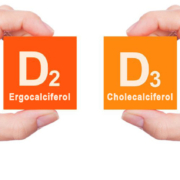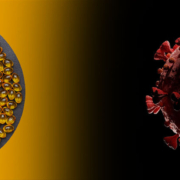Classic: Vitamin Dumb
As Paula and I visit our son and his wife this week, I’m choosing what I call Dr. Chet’s Classics. This one from 2010 illustrates two points. First, mega-dosing vitamins and minerals can have consequences that someone might not expect, and “if some is good, more has to be better” is not a good idea unless there’s a genetic or other reason. Second, even with the best intentions, researchers sometimes don’t use their heads when designing research studies.
Researchers reported in JAMA on the effects of vitamin D on fractures and falls in a group of over 1,500 women over 70. The results were surprising in that the vitamin D group had more falls and more fractures than the placebo group. Well, maybe not so surprising.
Remembering to take medications as well as supplements is a problem. So how did the researchers choose to address that issue? Give the women a year’s worth of vitamin D once a year.
That’s right. They gave these subjects 500,000 IU vitamin D once a year. I was almost rendered speechless—500,000 IU? What in nature would give them a model to follow? If you spend all day in the sun without sunblock, your body shuts down the production of vitamin D automatically; that’s why you can’t overdose on D from the sun. But this was oral intake; in what universe did these researchers think this was a good idea? Would they give someone a year’s supply of cholesterol-lowering medication or pain medication in one dose per year just because the subjects might not remember to take their meds every day? And what earthly good would that do?
In an editorial in the same issue, the authors suggested that medical professionals examine how vitamin D is administered, and that maybe administering 50,000–100,000 IU doses isn’t such a good idea.
Do ya think?
Taking up to 10,000 IU vitamin D3 is safe and 2,000-6,000 IU per day is a good goal. But this study illustrates that there’s no need to megadose. Doing that is like taking vitamin Dumb.
What are you prepared to do today?
Dr. Chet
Reference: JAMA. 2010;303(18):1815-1822.









